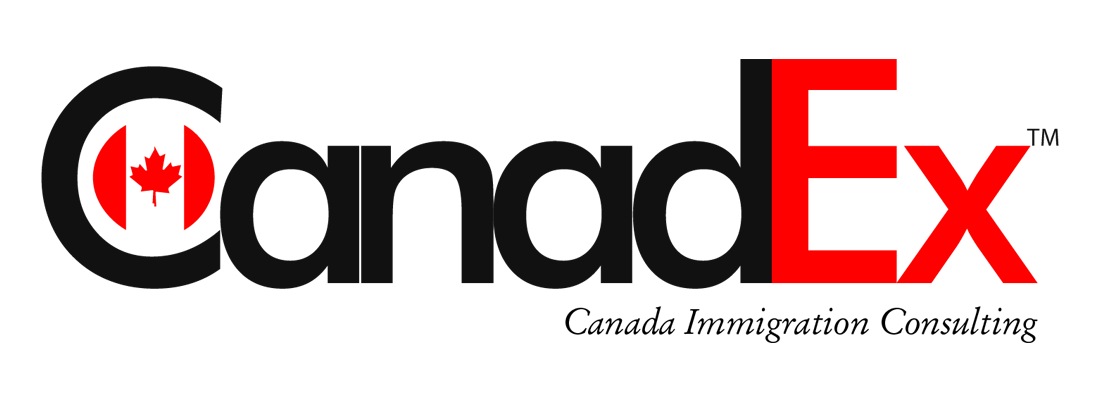Tax filing can be an intimidating task for newcomers to Canada, but understanding the process can ease the anxiety. Here’s a comprehensive guide covering essential information, from the basics of income taxes to various methods of filing and potential benefits for taxpayers in the country.
Understanding Income Taxes in Canada
In Canada, individuals are required to file their taxes with the Canadian Revenue Agency (CRA) at the beginning of each fiscal year. Employers typically provide employees with a T4 slip, detailing their income and tax information from the previous year, which is crucial for filing personal taxes.
Two main tax rates apply to individuals working in Canada: provincial income tax and federal tax. The provincial tax rate is determined by the province or territory of employment, while the federal tax rate is set by the Canadian government. These rates vary based on income levels, following a marginal tax rate system where higher incomes incur higher tax percentages.
For instance, in Ontario, if an individual earned $60,000 CAD last year, they would pay 5.05% on the first $49,231 CAD and 9.15% on the remaining $10,769 CAD. Calculating the total tax liability involves combining provincial and federal rates, which can be complex but manageable with online tax calculators.
The deadline for filing personal taxes in Canada is April 30th, with penalties for late filing. Self-employed individuals have separate rules, and failure to file taxes can lead to penalties and potential criminal charges for tax evasion.
Filing Your Tax Returns in Canada
Several methods are available for filing taxes in Canada, each offering its benefits and considerations:
- Certified Tax Software (Electronic Filing)
This is the most common method, approved by the CRA. Various software or websites are authorized for electronic filing through the NETFILE service, allowing instant submission to the CRA. Refunds or credits may be received after processing, typically within two weeks.
- Authorize a Representative
Taxpayers can authorize a representative, such as an accountant or trusted individual, to file taxes on their behalf. Costs vary, and processing time is usually around two weeks.
- Community Volunteer Tax Clinic
Individuals with modest incomes or simple tax situations may utilize free tax clinics in their area. These clinics offer assistance in filing taxes, with processing times similar to electronic filing.
- Discounter/Tax Preparer
Tax preparers can calculate and offer an immediate tax return, albeit with a portion taken as a service fee. The CRA ensures compliance with the Tax Rebate Discounting Act to protect filers.
- Paper Tax Return
Though less popular, paper filing is still an option, albeit with longer processing times of around 8 weeks before April 30th. This method is free of charge but requires a T1 income tax package.
Additionally, some individuals may be invited by the CRA to file taxes through automated phone lines or with assistance from a CRA agent, applicable to those with modest incomes or simple tax situations.
Seizing Tax Benefits in Canada
Filing taxes in Canada can yield multiple benefits for individuals, including refunds, rebates, and credits through various programs. Understanding the tax system and available credits is essential for maximizing these benefits.
To further aid newcomers, the CRA hosts interactive webinars providing information on Canada’s tax system, available credits, and resources for tax filing assistance.
Conclusion
Navigating tax filing in Canada as a newcomer may seem daunting, but with the right information and resources, it becomes more manageable. Whether utilizing certified tax software, community clinics, or other methods, filing taxes accurately and on time ensures compliance and potentially unlocks financial benefits for taxpayers in Canada.
Interested in Immigrating to Canada?
